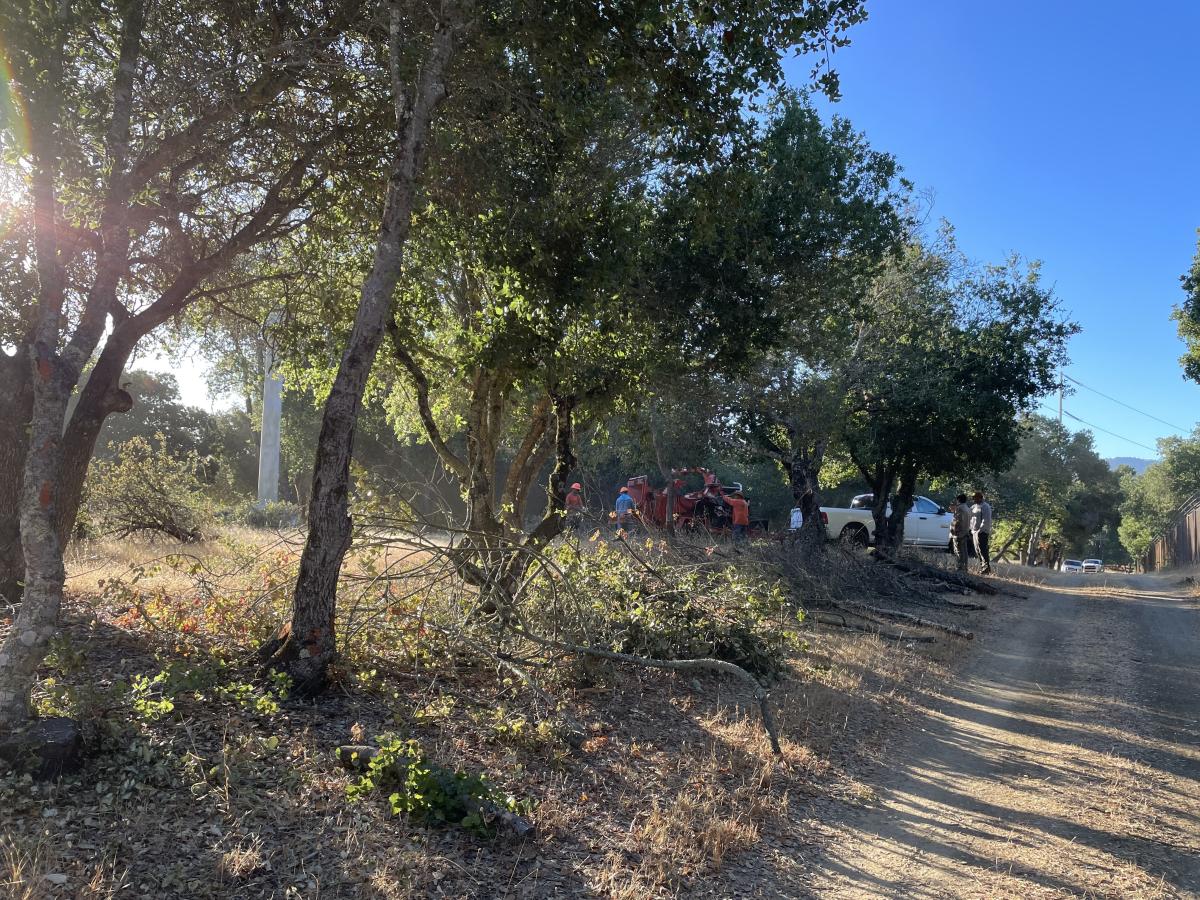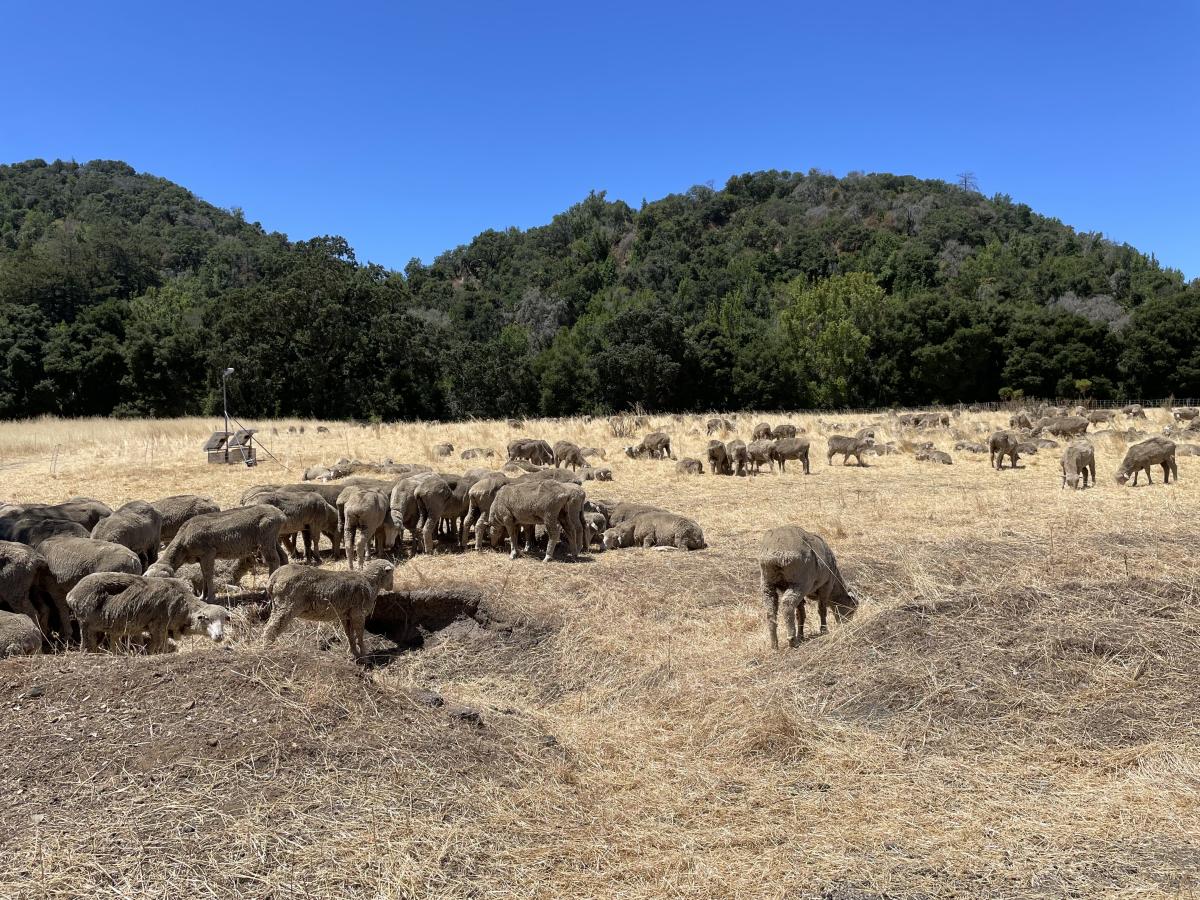Vegetative Fuel Reduction
2021 Stanford Wildfire Management Plan
The 2021 Stanford Wildfire Management Plan was produced by the university to identify areas for fuel reduction across all Stanford lands based on wildfire risk modeling which identified hazards to safety, structures, and resources. The plan proposed a 5-year strategy to reduce wildfire risk using several different treatments, followed by routine fuel maintenance.
In 2022, Jasper Ridge organized a Fire Fuels Ecology workshop with 25 experts in the areas of wildfire modeling, fire emergency response, land-management, risk management, indigenous practice, research, education, policy making, law and ecology, for the purpose of reviewing the Stanford Wildfire Management plan. The group strategized how fuel reduction treatments could be developed to reduce wildfire risk while also meeting the overall stewardship goals of the preserve.
The outcome of the workshop was a synthesis of consensus by workshop participants on all matters discussed in a white paper titled Recommendations for Merging Fire Fuel Mitigation with Stewardship Practices to Maintain Biodiversity and Ecosystem Function at Jasper Ridge Biological Preserve. Collectively, they developed three key recommendations:
- Communicating Risk: Clearly communicate 1) how wildfire risk is modeled, including underlying assumptions and limitations, and 2) that modeling is a first step in developing a fuel reduction strategy that also includes liability, enterprise, and reputational risks.
- Ecological Integrity: Emphasize ecologically sensitive and sustainable fuel reduction treatment design for Jasper Ridge.
- Adaptive Management: Approach fire-risk mitigation through adaptive management that draws on diverse areas of expertise, experience, responsibility, and engagement, and which incorporates all aspects of Jasper Ridge’s mission of research, education, and conservation in its treatment plans.
The white paper was used by Jasper Ridge staff to develop subsequent treatments with our colleagues from Land, Buildings & Real Estate (LBRE), Field Conservation Facility, Environment Health and Safety to build upon the Stanford Wildfire Management Plan and develop ecologically sensitive fuel reduction treatments for Jasper Ridge. Outcomes and successes are summarized on blog posts here, here, and here, and showcased on Stanford Report here.

Hand cut vegetation prepared for chipping by crew alongside Sand Hill Rd trail.
Annual Fuel Management
Jasper Ridge staff routinely manages fuel to mitigate wildfire risk and increase safety. Annually, this management covers approximately 52 acres, and includes regular mowing along roads and trails for safe passage by Jasper Ridge staff, students, faculty, and other visitors to exit the preserve in the event of a wildfire, as well as safe and accessible entry for fire and emergency personnel. Additionally, goats and sheep are contracted annually for grassland management on the eastern edge of the preserve.

Herd of sheep grazing for annual fuel reduction along eastern edge of the preserve.
Approximately 23 additional acres are annually monitored by the SLAC National Accelerator Laboratory (SLAC) under the aerial SLAC lines which transect part of the preserve. Trees are trimmed or cut if assessed to be at risk of contacting the lines, which could be a potential fire risk.



